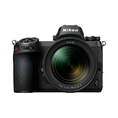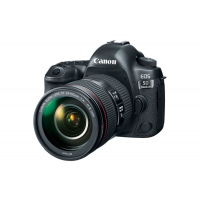Canon Develops Ultra-Large-Scale, Ultra-High-Sensitivity CMOS Sensor
Highly rated gadgets
-
10.0
 FujiFilm X-T3
FujiFilm X-T3
-
8.0
 BlackBerry Motion
BlackBerry Motion
-
9.1
 Apple iPhone XS
Apple iPhone XS
-
10.0
 Nikon Z 7
Nikon Z 7
-
9.0
 Sony WH-1000XM3
Sony WH-1000XM3
-
9.1
 Apple iPhone XS Max
Apple iPhone XS Max
-
8.5
 Xiaomi Mi A2
Xiaomi Mi A2
-
9.0
 Panasonic LUMIX LX100 II
Panasonic LUMIX LX100 II
-
9.0
 FujiFilm XF10
FujiFilm XF10























Canon has announced that an ultra-large-scale, ultra-high-sensitivity CMOS sensor developed by the company has enabled the video recording of meteors with an equivalent apparent magnitude of 10. Apparent magnitude is a measure of a celestial body’s brightness as seen by an observer on Earth. A star (or meteor) whose apparent magnitude is 10 is absolutely invisible to the naked eye. The sensor, with a chip size measuring 202 x 205 mm - the world’s largest surface area for a CMOS sensor - was installed in the Schmidt telescope at the University of Tokyo’s Kiso Observatory, Institute of Astronomy, School of Science. The photo above shows just how big this sensor is compared to a 35mm full-frame... »read more
More at: PhotographyBLOG Add additional source
Filed in: CamerasCanon